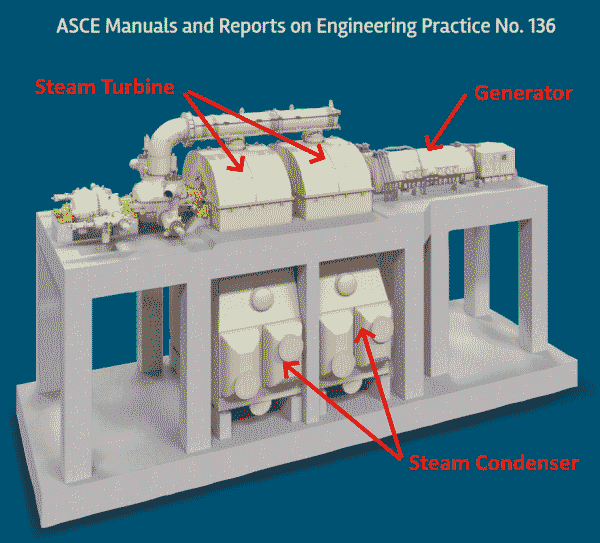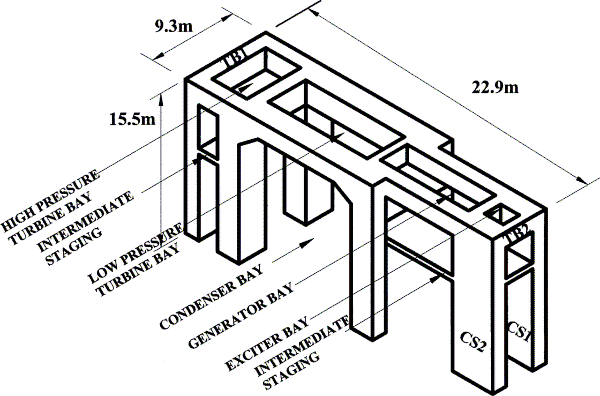bkal
Structural
- Feb 27, 2003
- 272
I am going through this manual(ASCE 136) to get some understanding of the turbine foundation design. One of the recommendations (3.3.1.6) for an elevated space-frame pedestal foundation is that the total weight of concrete is 3.5 times the machine weight. I am guessing that this is to do with its response to harmonic loads from the turbine/generator; is that correct? This seems to apply to a monolithic tabletop-columns-basemat. Is there a similar rule if the tabletop is isolated from the columns by vibration isolating devices on top of the columns? Or is it not required as the tabletop is isolated from the foundation.


